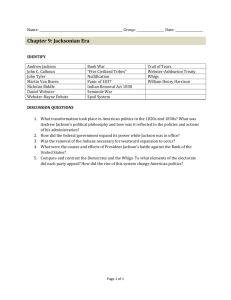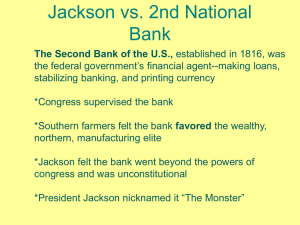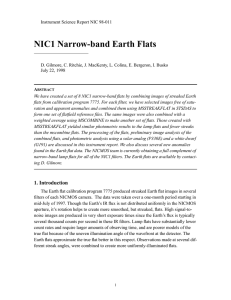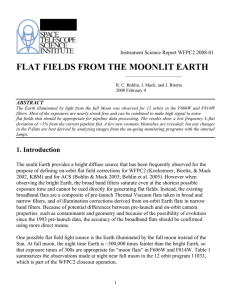- University of Arizona
advertisement
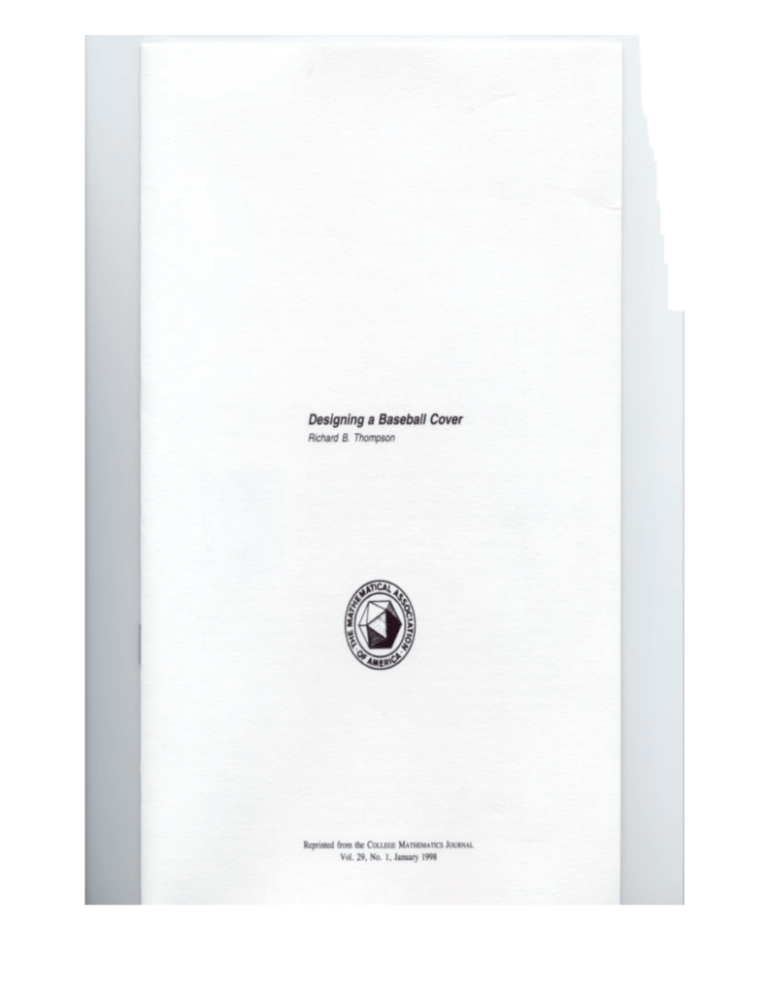
Designing a Baseball Cover Richard B. Thompson Richard Thompson (rbt@math.arizona.edu) earned a Ph.D. in algebraic topology from the University of Wisconsin and has taught at the University of Arizona since 1967. Besides topological research, implementing an individualized instruction program in algebra, and curriculum development in mathematics and statistics courses, his interests include using computers effectively in undergraduate courses. Away from academia he enjoys ski mountaineering and sailing. Problems in design, even those of a rather frivolous nature, can produce some very interesting mathematics. Consider the 130-year-old problem of designing the cover for a baseball. Early experimental work on this problem involved the freehand drawing of plane figures. We will use geometric insight and calculus to give a relatively easy solution of the problem in space. Next, a differential equation will be derived that gives a mathematical solution with plane figures, in the style of the early efforts. Finally, we will see how well trial and error have worked, by looking at the cover design that is currently used in the manufacture of major league baseballs. The Problem In the 1860s C. H. Jackson patented a pen and ink drawing of a plane shape that could be used to form the cover of a baseball. This shape is still in use today on all major league baseballs. According to Bill Deane, a Senior Research Associate with the Baseball Hall of Fame, Mr. Jackson's design was produced by "trial and error." In practical terms, he wanted a piece of leather that could be sewn to an identical piece and then stretched to cover the yarn-wound core of a ball. THE COLLEGE MATHEMATICS JOURNAL 48 Figure 1. Left, Jackson's cover pattern. Right. two flats ready for stitching. We will refer to each pattern piece (Figure 1, left) as a flat. Two flats, ready for stitching, are shown in Figure I on the right. The stitched pair of flats, shown in Figure 2 (left), will be called a preball. If the seam of the preball lies on a sphere of the same radius as the ball, then it will not be distorted when the leather is stretched to form a ball, as shown on the right in Figure 2. A preball whose seam fits on the surface of a sphere will be called acceptable; its associated flat is also acceptable. Mr. Jackson tried to draw an acceptable flat that satisfied several design constraints. Baseballs were expected to have the nominal circumference of 9-1/8 inches and two parts of the seam were to be located in such a way as to provide a good grip for the pitcher's fingers. Measurements of current balls indicate that this distance (the arc length S in Figure 2) is 1-3/16 inches. Apparently, Mr. Jackson also wanted a flat that was symmetrical about both its horizontal and vertical axes. The difficulty of getting close to an acceptable flat that met these criteria must have required many trials, and a lot of errors! Recently, physicists have attempted to find practical considerations that determine a unique shape for the flats in a baseball cover (11, [2]. We take a different point of view, and show that acceptable flats are far from unique. In fact, we have considerable freedom in designing them. z x Figure 2. Left, preball. Right, its radial expansion. VOL. 29, NO. 1, JANUARY 1998 49



